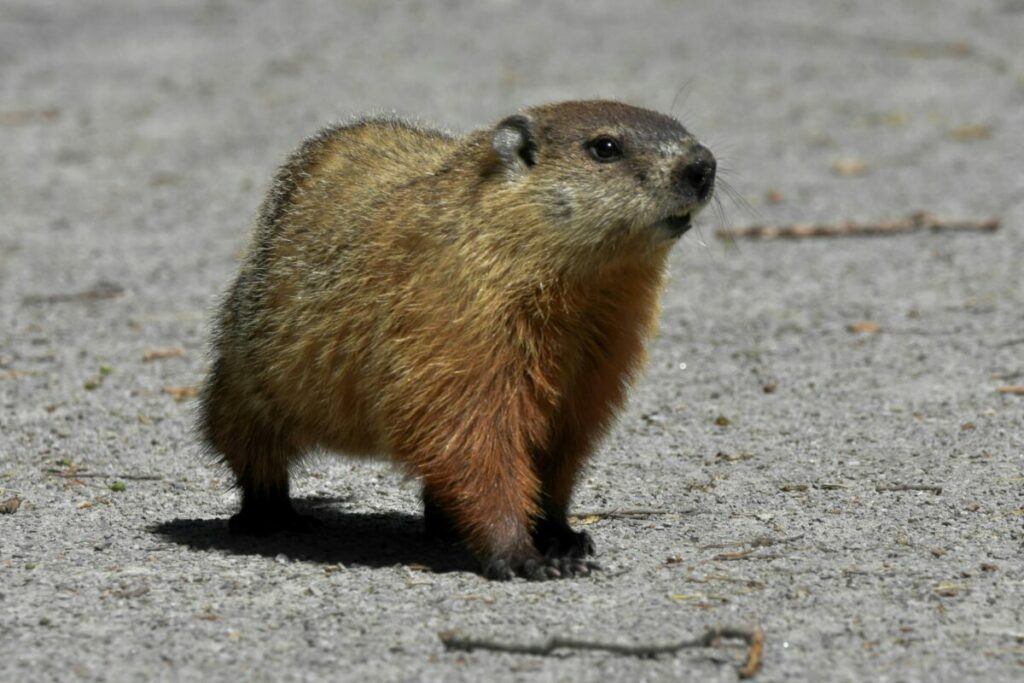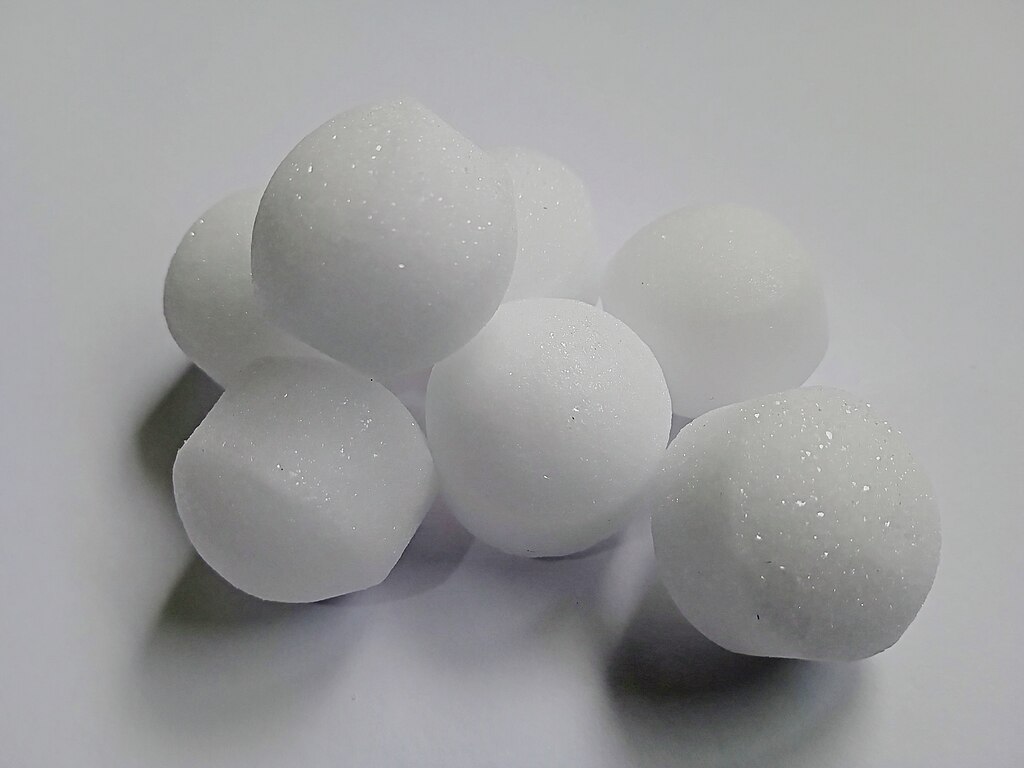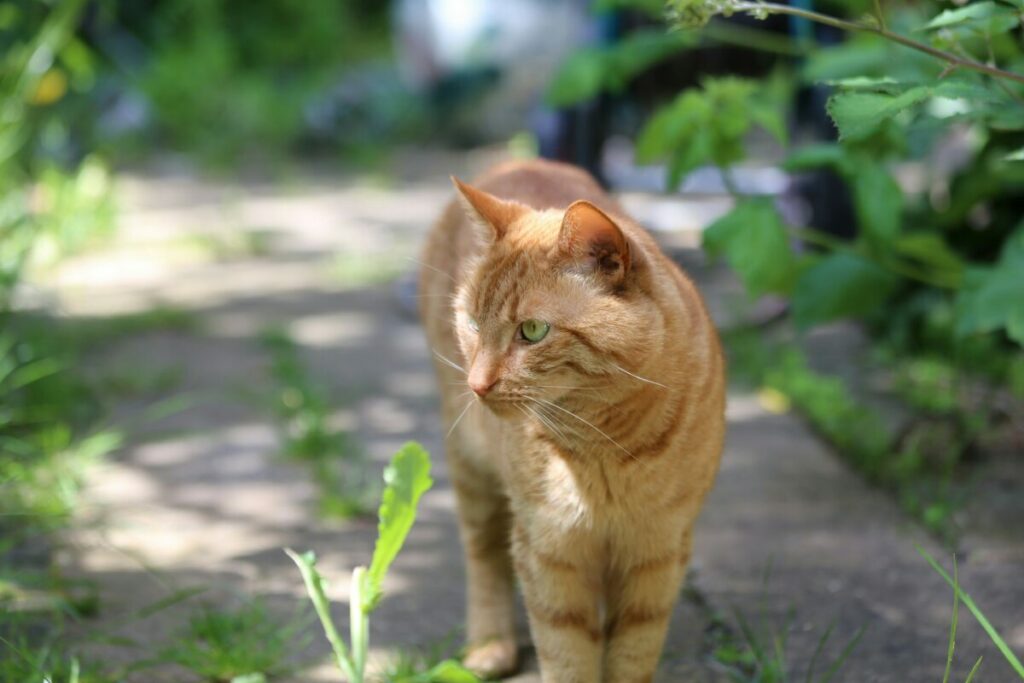When a garden becomes a feeding ground for groundhogs, it’s time to take action. A common sign that you’re dealing with these cheeky creatures is the presence of open ground holes, conspicuously called burrows. If you’re noticing these signs, this informative piece will equip you with knowledge to take back control of your beloved garden using a variety of groundhog repellent strategies.
Determining the Presence of Groundhogs

Before embarking on the groundhog repellent crusade, it’s essential to confirm that you’re dealing with a groundhog. Typically, these critters leave behind distinctive clues like burrows, footprints, and for the more audacious ones, half-eaten garden veggies! Spotting them during the day, particularly in the early morning, is another clear indicator that a groundhog has decided to be your new neighbor.
Creating Effective Groundhog Repellent Solutions
Cat Litter Method

One practical way to create groundhog repellent is by using the potential threat of one of its natural enemies- the cat. Cat’s urine comes in handy in this process. Simply get used cat litter, preferably moist, and sprinkle it around and into the burrow entrances. Once generously covered, block all the entrances to effectively send away your furry intruder.
The Ammonia Stink Bomb

Another groundhog repellent approach involves the use of ammonia or mothballs to create a homemade stink bomb. Here’s a simple way to do it:
–
- Pour a varying amount of ammonia or mothballs into all visible burrow entrances
- Once the groundhog vacates its burrow, promptly fill each entrance with tightly packed dirt
Hot Sauce Solution

A hot sauce solution can also help keep groundhogs at bay. Add a tablespoon of hot sauce to a gallon of water, mix it thoroughly and spray the solution over the plants. Optionally, you can also spray the solution around burrow holes and the yard’s perimeter.
Outdoor Cat Friend

Lastly, if you’re an animal lover, inviting an outdoor cat to stay at your home could act as an efficient groundhog repellent. Sensing the presence of the cat in the same space can make the groundhog hightail it out of your property thereby solving your groundhog problem.
So, there you have it, a collection of methods to maintain your garden free of these cheeky critters using groundhog repellent. It’s time to declare your garden a groundhog-free zone!